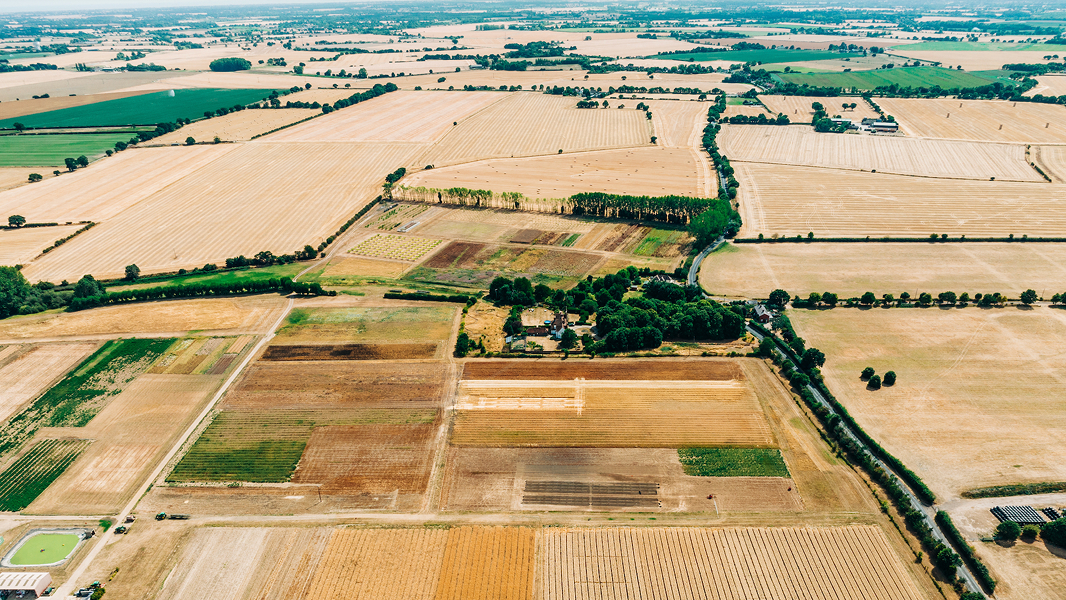Droughts

Every drought is different, and the nature of a drought, its timing and impacts on the environment, agriculture, business, public water supply and people will vary. Some droughts can cause problems for crop production, and others can lead to concerns from water companies about water supplies for their customers. Some droughts are short and intense, caused by a hot, dry summer. Others are long and take time to develop over multiple seasons of lower than average rainfall.
Who is most at risk?
When droughts are accompanied by a heatwave, health impacts can include dehydration, increased transmission of infectious diseases and poorer mental health. Everyone is at risk of dehydration in hot temperatures. Some of the groups who may be most at risk are:
- Older adults.
- Babies and young children.
- People with a serious chronic condition
- People with serious mental health problems or on certain medications.
- People who are physically active outdoors
- Homeless people.
Actions to take during a drought
- Keep drinking enough water to stay hydrated and continue to wash your hands and maintain hygiene.
- If disruptions or changes to water supplies occur contact your water company to let them know. Read advice on what to do during a water outage.
- Droughts can reduce river flows and levels in lakes making them more dangerous, so you should find out what is happening in your local area before you undertake activities like swimming or diving.
Actions to take to conserve water in a drought
- Turn off taps when you brush your teeth, shave, or wash your hands, as this can waste up to 6 litres of water per minute.
- Consider having a shower instead of a bath.
- Try not to wash your car as much or use a bucket if you have to wash it, rather than a hosepipe.
- Don’t pour water down the drain if there’s another use for it, such as watering plants.
- In the garden, use a watering can instead of a hosepipe and install a water butt if you can to capture rain.
- Only use your washing machine and dishwasher if you have a full load and use the eco mode if available, which uses less water and saves energy.
- Check your toilet and other household appliances for leaks – these can sometimes go unnoticed.
- Install a water saving device in your toilet cistern. Older cisterns use as much as 13 litres per flush, whilst current modern models use 6 litres per flush or less.
- Check your local news and your water company’s website regularly for advice and information on water availability in your area and water management actions in force, including actions you can take to help.
- Water companies may choose to enforce Temporary Usage Bans, or hosepipe bans, to help conserve water. If a hosepipe ban is in place where you live, you can’t use a hosepipe connected to your mains water supply for things like watering your garden, filling a paddling pool or washing your car. Find out more about hosepipe bans and what they mean for you.
Further information and resources
Monthly water situation reports and weekly rainfall and river flow reports for England are published by the Environment Agency.
The UK Health Security Agency publishes public health advice on how to protect yourself from the potential health consequences of a drought.
For regularly updated seasonal advice, visit the Met Office’s WeatherReady pages.
Learn more about drought planning and management in Wales.